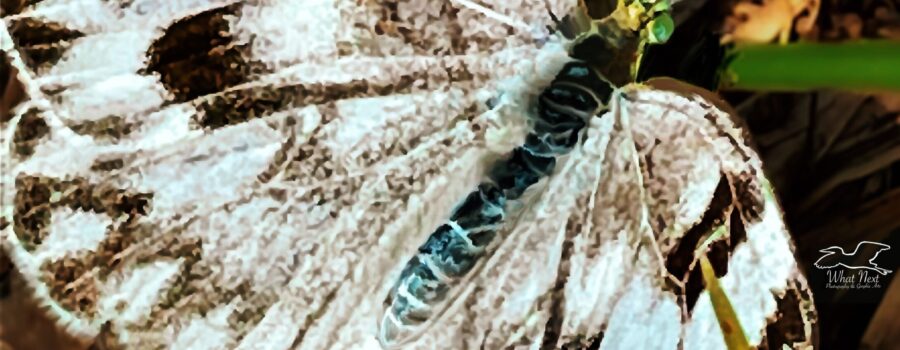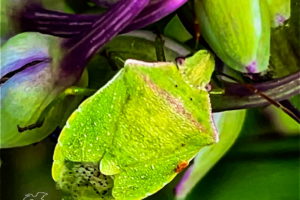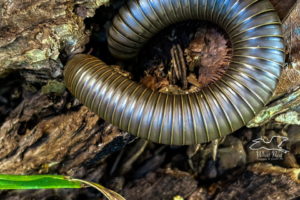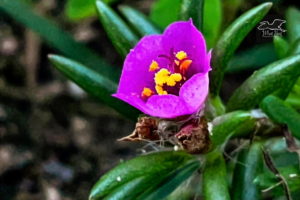The Checkered White is an Interesting Little Butterfly

One of our most common, but difficult to photograph, summer butterflies is the checkered white (Pontia protodice). It’s caterpillars are sometimes also called the southern cabbage worm (not to be confused with the cabbage white, which is an entirely different species) since they have an affinity for plants in the cabbage family. Usually, if found on crop plants at all, they only occur in small numbers, and they only eat the outer leaves. Luckily, they are unlike many other cabbage crop pests that will burrow into the cabbage head itself. Most of the time, checkered whites actually prefer wild members of the family such as pepperweeds. Like other butterflies, the adults feed on nectar, and have been found on many different types of wildflowers and ornamentals.
Checkered whites can be found throughout much of the United States, southern Canada, and northern Mexico. They are notably absent in the Pacific Northwest, in New England, and on the eastern seaboard of Canada. Interestingly, in some areas their populations are stable or increasing, while in others their populations are rapidly decreasing. It is not known why those populations that affected are decreasing and there may be multiple factors involved. Down here in the south they are considered residents, but further north they do migrate south for the winter. They are generally on the wing from mid spring to late fall and can undergo three to four generations down here. In the north, they usually produce two generations.
Although both sexes are fairly small, males tend to be smaller than the females and have fewer markings. Males also tend to have markings only on the forewings. Based on that information, you can see that the butterfly in the photo is a female. She was fluttering around near an area in the Gothe State Forest where I was photographing some wildflowers. She was only stopping her flight infrequently and I had to follow her around for quite some time to get any photos at all. She didn’t seem to be feeding, and I honestly wasn’t quite sure what she was doing. It wasn’t until later, when I looked at my photos (most of which were unusable) that I realized that she was looking for appropriate plants to lay her eggs on. In several of the bad images, she was on a flower with her abdomen either curled in towards it or curled under an upper leaf. I wish I had realized at the time what was going on. I would have loved to get some pictures of the eggs.





Recent Comments